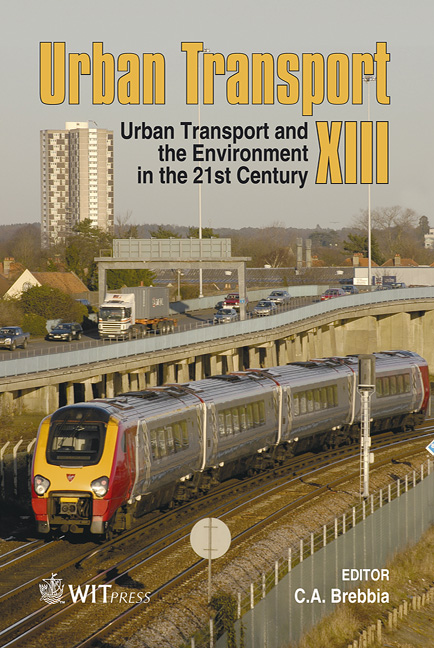The Investigation Of Car Movement Trajectories After Contact In The Case Of Collisions With Stationary Safety Barriers
Price
Free (open access)
Transaction
Volume
96
Pages
9
Published
2007
Size
616 kb
Paper DOI
10.2495/UT070521
Copyright
WIT Press
Author(s)
A. Tautkus & Z. Bazaras
Abstract
Car collisions with immovable obstacles are described. One of the most frequent cases is sidelong collision with road fencings and kerbs. Such road accidents are caused by the wrong choice of speed on road turns, skidding due to road and weather conditions, etc. Certain issues occur while investigating such road accidents: the place of the collision, the speed before the accident, the car movement trajectory after the collision etc. These issues are dealt with in this paper. With the help of computer software, different car accidents with road safety barriers have been modeled and the trajectories of car movement are defined in this paper. Keywords: road accident, parameters of collision, movement trajectory. 1 Introduction To increase safety in the city streets and country roads different stationary safety barriers and bollards have been installed in roadsides and over bridge sides. Though they play an important safety function, one type of collisions is car contact with such elements. There are a lot more stationary barriers: wayside trees, traffic stanchions, utility poles, bus-shelters, different structures etc. At the moment of a car collision with stationary obstacles hard impact strain appears which determines serious injuries to people and various degrees of damage to cars. The reasons for such collisions are different: high speed, bad driving conditions, poorly maintained cars etc. In Lithuania such collisions account for about 12-13 % of all road accidents [1].
Keywords
road accident, parameters of collision, movement trajectory.





